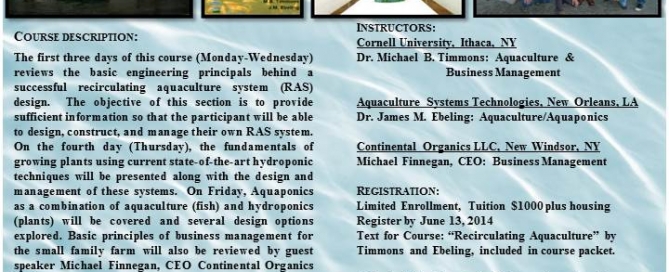By DINA CAPPIELLO
WASHINGTON (AP) - Journalist and scientific organizations accused the Environmental Protection Agency on Tuesday of attempting to muzzle its independent scientific advisers by directing them to funnel all outside requests for information through agency officials.
In a letter Tuesday, groups representing journalists and scientists urged the EPA to allow advisory board members to talk directly to news reporters, Congress and other outside groups without first asking for permission from EPA officials. An April memo from the EPA's chief of staff said that "unsolicited contacts" need to be "appropriately managed" and that committee members should refrain from directly responding to requests about committees' efforts to advise the agency.
The scientific advisory board's office had asked the EPA to clarify the communications policy for board members, who are government employees.
"The new policy only reinforces any perception that the agency prioritizes message control over the ability of scientists who advise the agency to share their expertise with the public," the groups wrote.
The EPA relies on independent advisory boards to weigh complex scientific information and to advise the agency on policy, such as setting new standards for air pollutants. Recently, Republicans in Congress have been critical of the scientific advisory board overseeing the review of the ground-level ozone standard, saying it failed to evaluate the consequences of recommending a tougher limit.
The chair of that panel, H. Christopher Frey, said in an interview with the Associated Press Tuesday in which he stressed he was offering his personal opinion, that he found the tone of the EPA memo to be unnecessary.
Frey, a distinguished university professor in North Carolina State University's environmental engineering department, said that many of the scientists that serve on the committees are national and internationally-renowned experts and [...]



